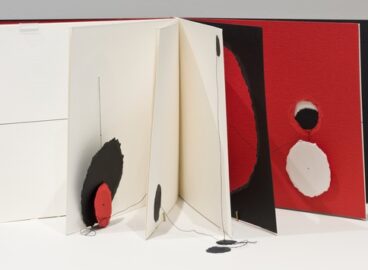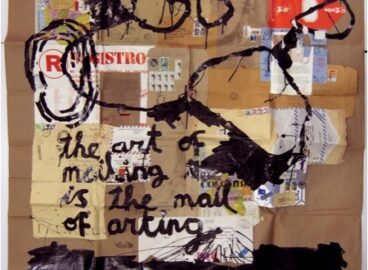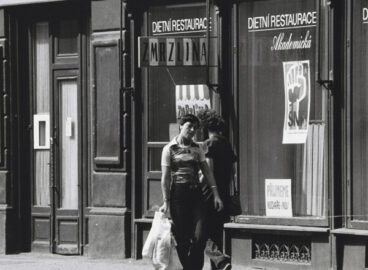
Tomislav Gotovac—the influential avant-garde filmmaker, conceptual artist, and anarchist leader of Croatian performance art—occupies an authorial position within the alternative New Art Practice of the late 1960s in the former Yugoslavia.
After studying film directing at the Academy of Theater, Film, Radio, and Television in Belgrade, Gotovac made his first experimental films, inaugurating the golden age of Yugoslavian underground cinema with the trilogy Blue Rider (Godard Art), Circle (Jutkevic Count), and Straight Line (Stevens Duke) from 1964. Often compared to Structuralists such as Peter Kubelka, Michael Snow and Hollis Frampton, Gotovac aimed to free viewers from automated perception. He envisioned a synthesis between film and real life, as manifested in his famous statement, “When I open my eyes in the morning, I see a film.” When I first met Gotovac in 2000 on the occasion of the exhibition Here Tomorrow that I was curating in Zagreb, he referred to politics as being dead. “The only thing left,” he pointed out, “is aesthetics.” He spoke of his passion for Soviet October films, Dziga Vertov and Sergei Eisenstein, French New Wave cinema, and American film noir, as well as dark slapstick comedy and jazz.
Alongside his films, Gotovac was actively engaged with photography. Showing Elle (1962), a vintage photographic work that was recently acquired by the Museum of Modern Art for its permanent collection, is a landmark of a new artistic language antipodal to official modernism. The work consists of six pictures documenting Gotovac’s first public performance in a public space. Executed in wintertime at the popular Sljeme Mountain, near Zagreb, Showing Elle is an early example of the artist performing partially naked in a local context. Gotovac used a 35-mm camera to stage and direct a filmic sequence. Through the simple act of posing and smiling in front of the camera, while showing the popular French fashion magazine to his friends, Gotovac opened up a set of critical questions about male-female relationships, the dynamics of desire, the tension between real and imaginary, and the antithesis between images of a distant consumer society and the everyday reality of a socialist world. Gotovac looked to art as a vehicle for change.
In subsequent actions, Gotovac provoked the socialist state by enacting apparently simple everyday tasks—as an artist begging, cleaning city squares, performing public haircutting and shavings. When he marched naked and kissed the asphalt in the center of Zagreb in his action Zagreb, I Love You!, in 1981, he at once confronted a state built on mass docility and asserted his difference amid hardline social conformity. His works of cross-cultural reference offer a perceptive view of the official politics of power, gender roles, and the paradoxes inherent in society’s constitutional structure.



